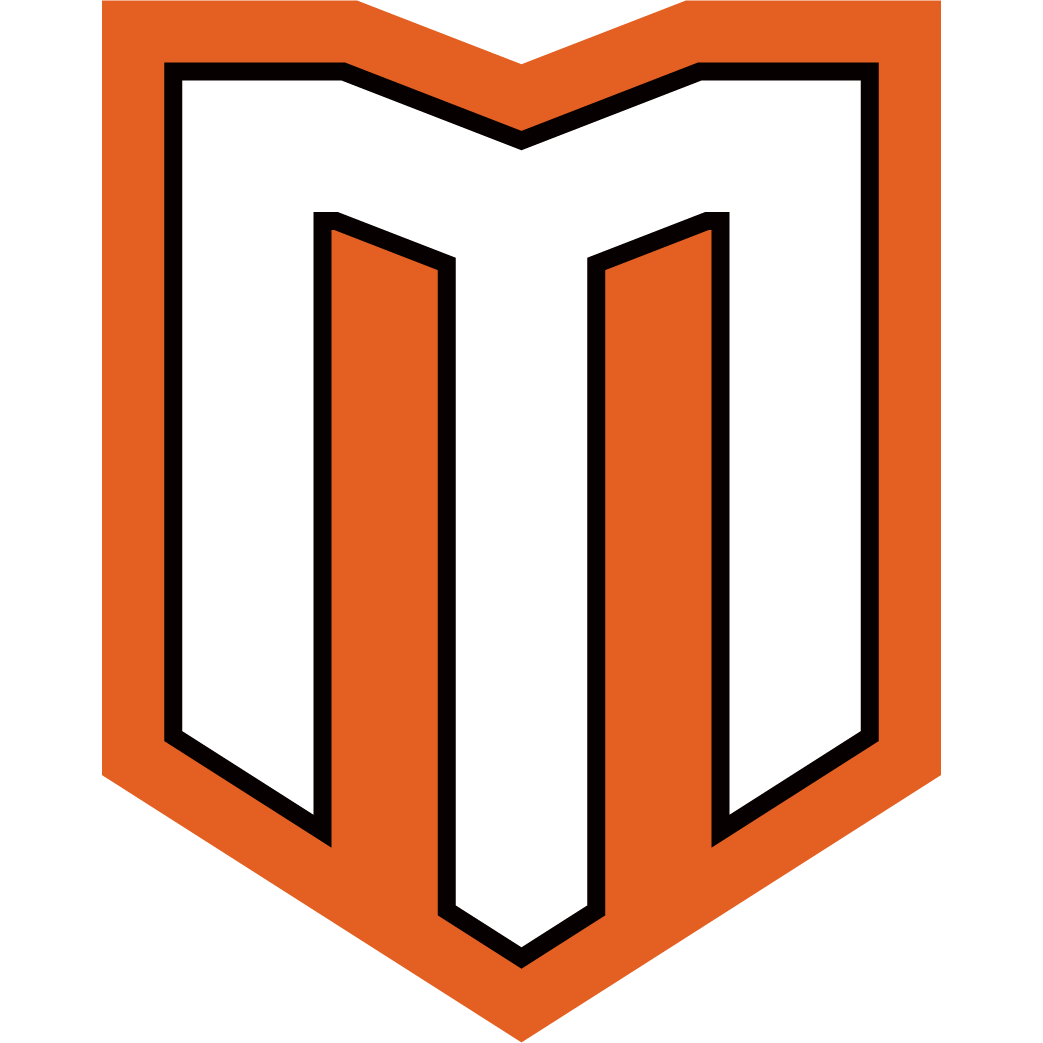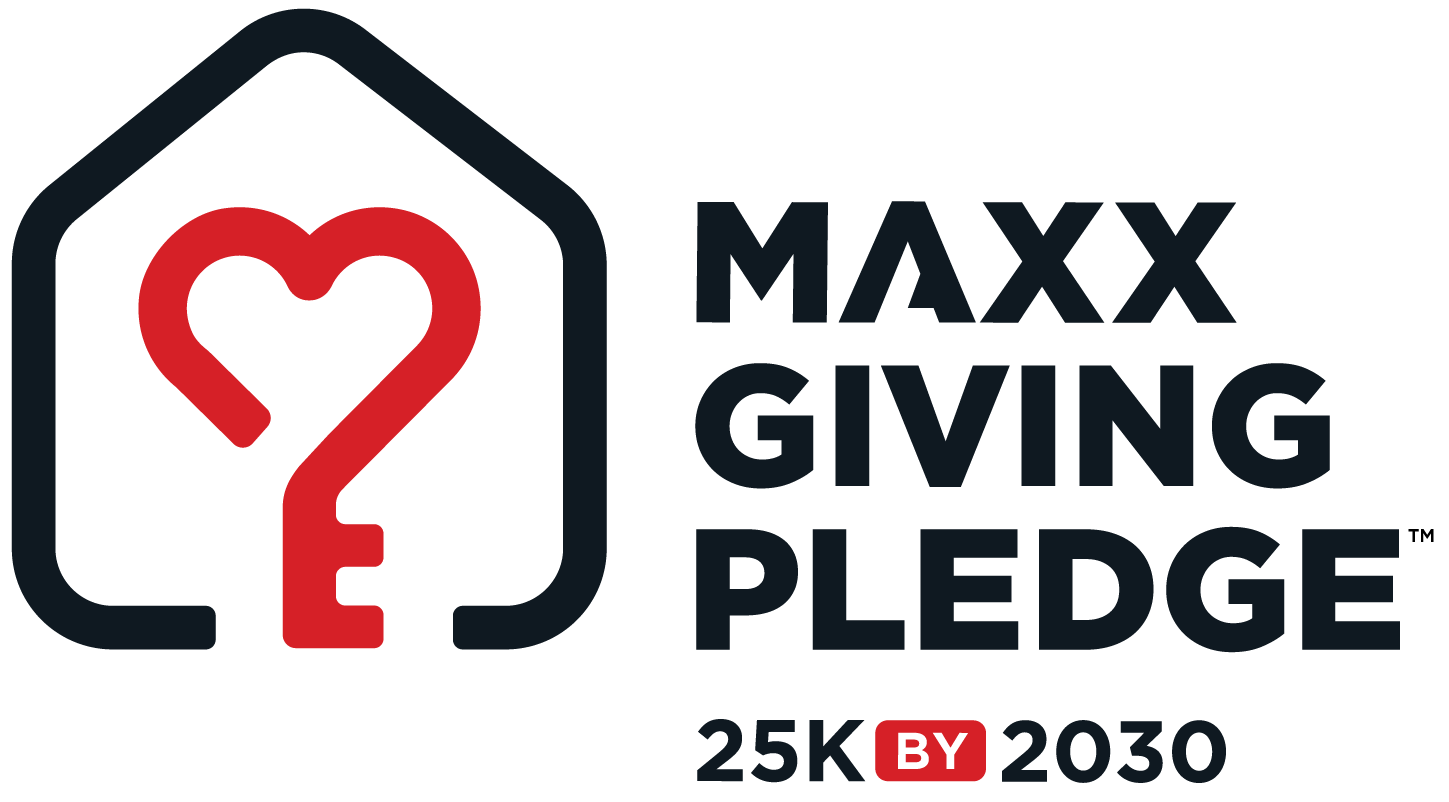
EPDM Rubber Roofing Explained | Pros, Cons & Cost
For buildings with low-slope or flat roofs, choosing the right roofing material is paramount for long-term protection against the elements. Among the most trusted and widely used options in the roofing industry is EPDM rubber roofing. Renowned for its durability, flexibility, and cost-effectiveness, EPDM is a popular choice for both commercial and residential flat roof applications across the country. Masterpiece Roofing provides an in-depth look at EPDM roofing, detailing its benefits, typical lifespan, and ideal uses.
What does EPDM stand for?
EPDM stands for Ethylene Propylene Diene Monomer. It is a synthetic rubber roofing membrane widely used in low-slope and flat roofing applications. Essentially, it's a highly durable rubber material that is manufactured into large rolls, creating a seamless or nearly seamless waterproof surface when installed. Its composition provides a unique combination of flexibility, weather resistance, and longevity that has made it a go-to choice for roofing professionals.
Benefits of EPDM roofing for flat roofs
EPDM roofing offers a compelling set of advantages that make it an excellent choice for various flat and low-slope structures:
Exceptional Durability and Longevity: EPDM is incredibly tough. It resists tears, abrasions, and punctures, making it highly resilient to foot traffic, hail, and other impacts. When properly installed, EPDM roofs can last for decades, often exceeding 20-30 years, and some systems have even performed well for 50 years or more.
Superior Weather Resistance:
UV Resistance: EPDM naturally withstands the sun's harsh UV rays without degrading, chalking, or cracking, crucial for long-term performance.
Temperature Extremes: It remains flexible in extreme cold (down to -40°F/-40°C) and stable in intense heat (up to 300°F/150°C), accommodating thermal expansion and contraction without cracking.
Waterproofing: Its seamless or large-sheet application, combined with robust seam sealing, creates an excellent waterproof barrier.
Cost-Effectiveness: EPDM is one of the most economical roofing materials for flat roofs in terms of both upfront cost and long-term value due to its exceptional lifespan and low maintenance requirements.
Lightweight: EPDM is a relatively lightweight roofing material, which means it adds less strain to the building's structural integrity compared to some other flat roofing options.
Easy and Quick Installation: EPDM comes in large rolls, allowing for faster installation, especially on large, unobstructed roofs. This can reduce labor costs. It can be fully adhered, mechanically fastened, or ballasted.
Low Maintenance: Once installed, EPDM requires minimal maintenance. Occasional cleaning to remove debris and periodic inspections for seam integrity are usually sufficient. Repairs, if needed, are generally straightforward.
Energy Efficiency (Black vs. White): While traditional EPDM is black (absorbing heat), white EPDM membranes are also available. White EPDM offers high reflectivity (high solar reflectance index - SRI), helping to reduce heat absorption and lower cooling costs, making it a "cool roof" option for warmer climates.
Recyclability: EPDM is a more environmentally friendly option as it is recyclable at the end of its life, contributing to sustainability efforts.
Installation process overview
The installation of EPDM roofing, while appearing straightforward, requires precision and expertise to ensure a watertight and long-lasting system. Masterpiece Roofing follows a meticulous process:
Surface Preparation: The existing roof deck must be clean, dry, smooth, and free of any sharp objects or debris. Any existing loose material is removed, and necessary repairs to the decking are made. A recovery board or insulation is often installed over the deck to create a smooth surface and improve thermal performance.
Membrane Laying: Large EPDM sheets are unrolled over the prepared surface. The goal is to minimize seams for optimal waterproofing.
Attachment Method:
Fully Adhered: The membrane is glued directly to the substrate using a specialized bonding adhesive. This method is common for smoother, cleaner decks.
Mechanically Fastened: The EPDM is secured to the deck using fasteners and plates along the seams or in rows across the field of the roof.
Ballasted: The membrane is loose-laid and held in place by a layer of river rock or pavers. This method is less common for residential but seen on larger commercial roofs.
Seam Sealing: This is arguably the most critical step. Where two EPDM sheets meet, the seams are meticulously cleaned and then sealed using specialized tapes or liquid adhesives, creating a strong, watertight bond. Proper seam execution is paramount to preventing leaks.
Flashing and Detailing: All penetrations (pipes, vents), parapet walls, and edges are carefully detailed and flashed with specialized EPDM accessories to ensure watertight seals at all vulnerable points.
Inspection: A final inspection ensures all seams are secure, flashing is correctly installed, and the roof is fully watertight.
Cost and longevity expectations
EPDM roofing is widely recognized for its excellent balance of cost-effectiveness and durability, making it a smart investment for flat roofs.
Cost: EPDM is generally one of the more affordable single-ply membrane options. Material costs are competitive, and due to its ease of installation in large sheets, labor costs can also be lower compared to more complex systems.
Factors influencing cost: The size and complexity of the roof, the specific attachment method chosen, existing roof removal/disposal, and the cost of insulation or recovery boards can all impact the final price.
Longevity: When professionally installed and adequately maintained, EPDM roofs typically have a lifespan of 20 to 30 years. With proper care, including periodic inspections and minor repairs, it's not uncommon for EPDM roofs to exceed this expectation, providing reliable protection for many decades. Its inherent resistance to UV radiation and temperature fluctuations contributes significantly to this extended lifespan.
Ideal use cases for EPDM
EPDM roofing is a versatile solution, primarily used for:
Low-Slope and Flat Roofs: This is its primary application, from commercial buildings (warehouses, office buildings, retail spaces) to residential structures.
Commercial Buildings: Due to its large sheet sizes, durability, and cost-effectiveness, EPDM is a dominant choice for large commercial and industrial flat roofs.
Residential Flat Roof Sections: Ideal for home additions, garages, porches, sunrooms, or entire flat-roofed modern homes.
Roof Decks/Patios: While not a "trafficable" surface on its own, EPDM can serve as the waterproof membrane beneath a protected roof deck or patio system (e.g., pedestals supporting pavers).
Repair and Re-roofing: EPDM can often be installed over existing compatible roofing materials, acting as a cost-effective re-roofing solution (a "layover" or "recover" system), provided the underlying roof is structurally sound and dry.
For reliable, long-lasting protection of your low-slope or flat roof, EPDM rubber roofing stands out as a proven and effective solution. Its blend of durability, weather resistance, and value makes it a top choice for discerning property owners.
For expert EPDM roof installation or repair, trust the experienced professionals at Masterpiece Roofing. Contact us today for a comprehensive assessment and estimate!
Office: 1248 Highland St, Holliston, 01746 MA
(508) 882-6080
Email: office@buttonmasterpieceroof.com
Site: www.masterpieceroof.com
Assistance Hours
Mon – Fri 8:00am – 4:00pm

